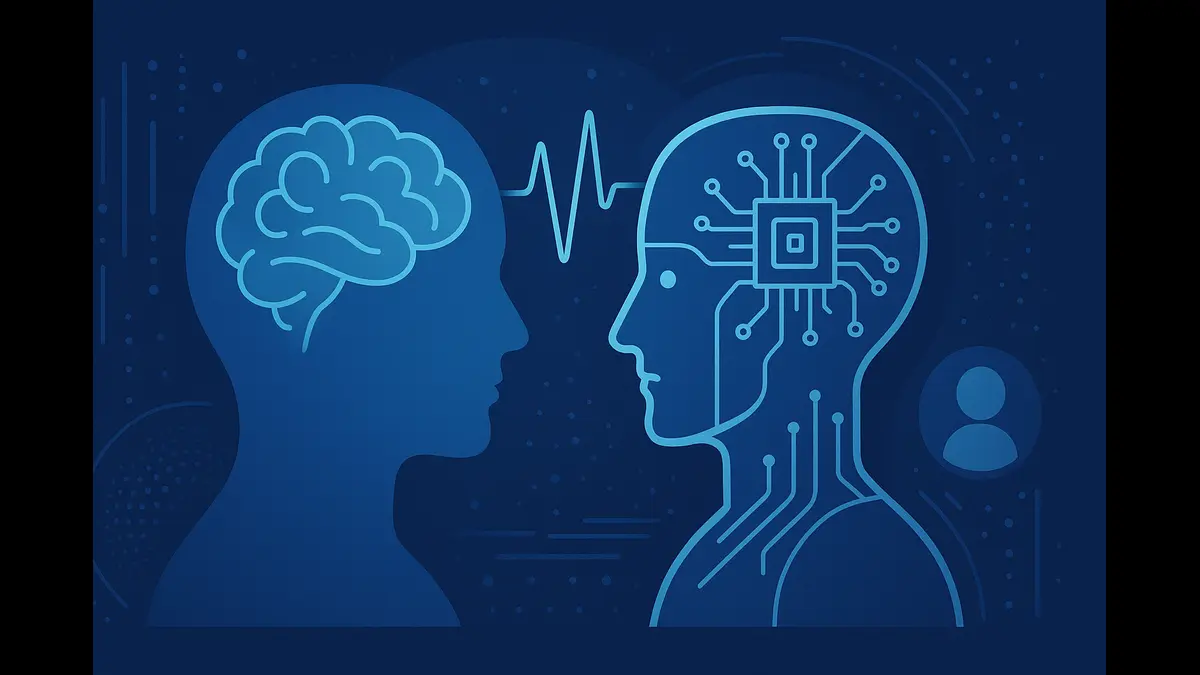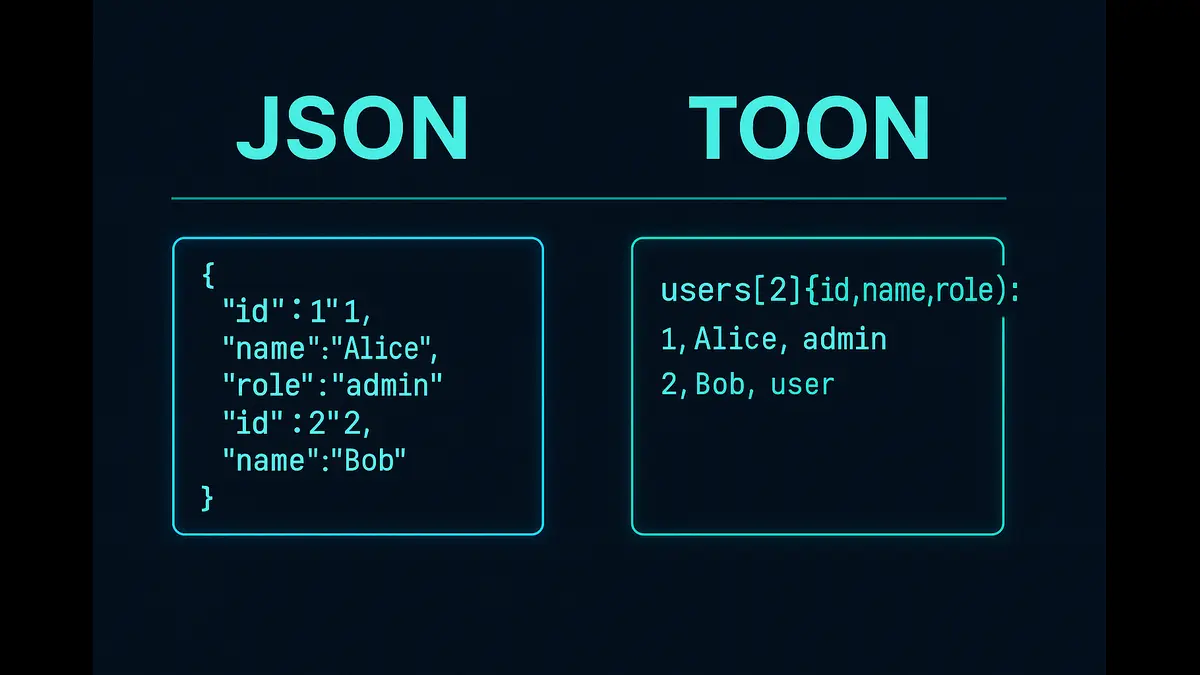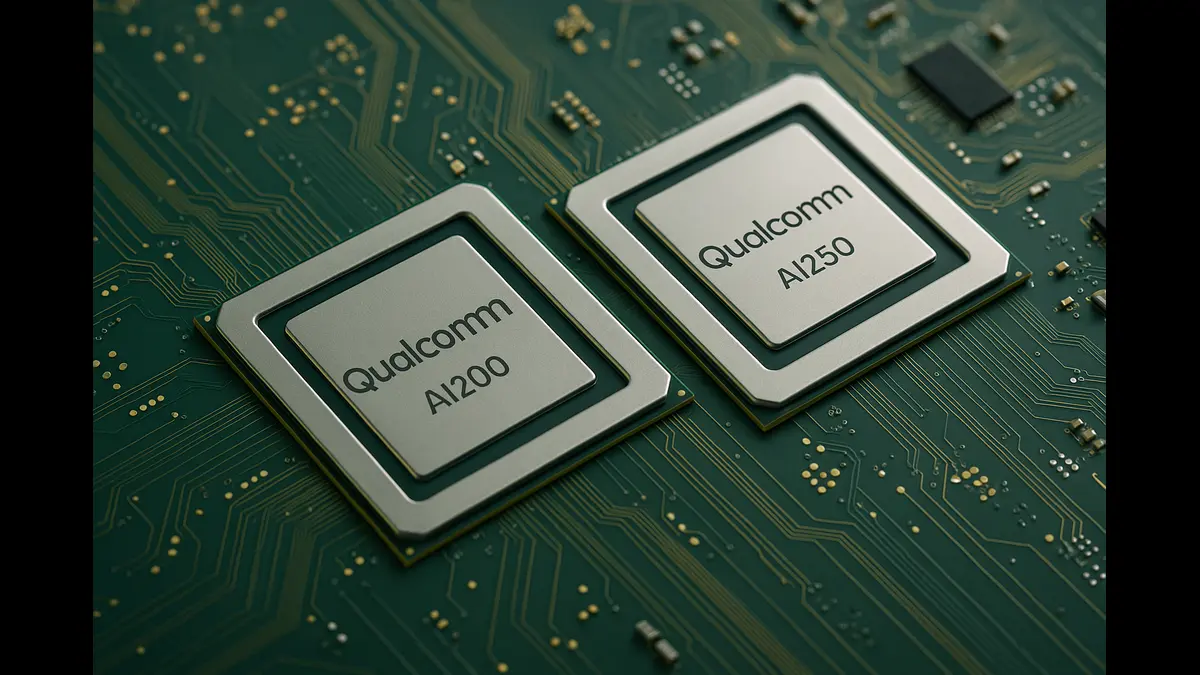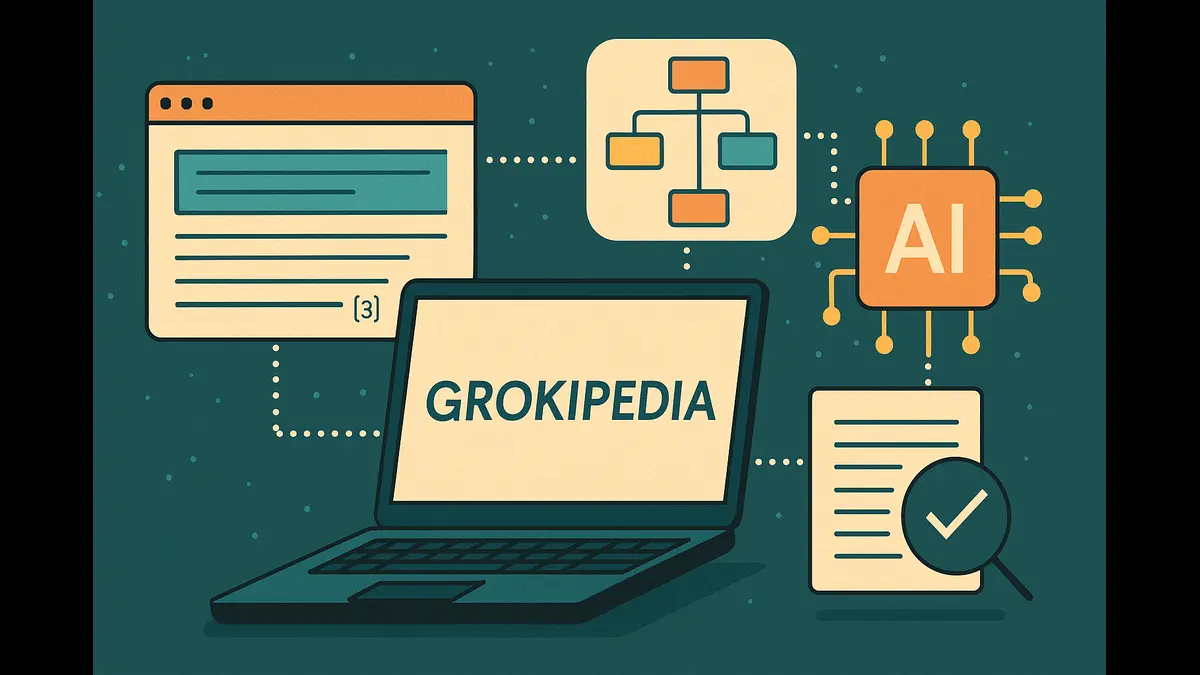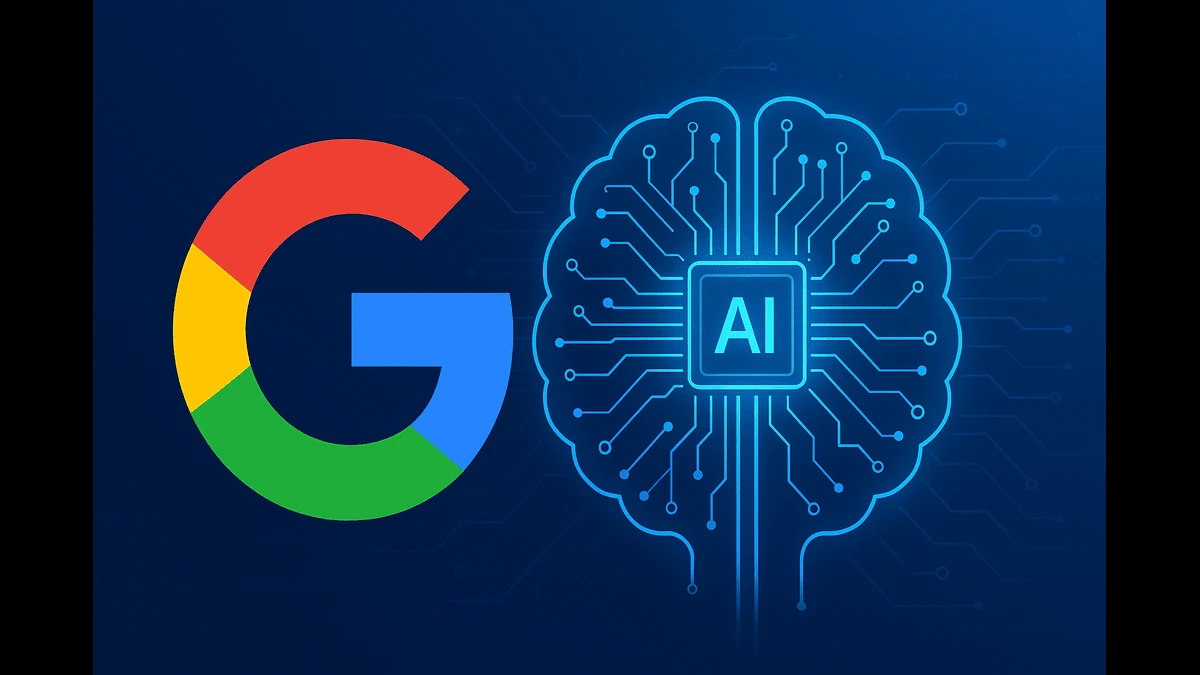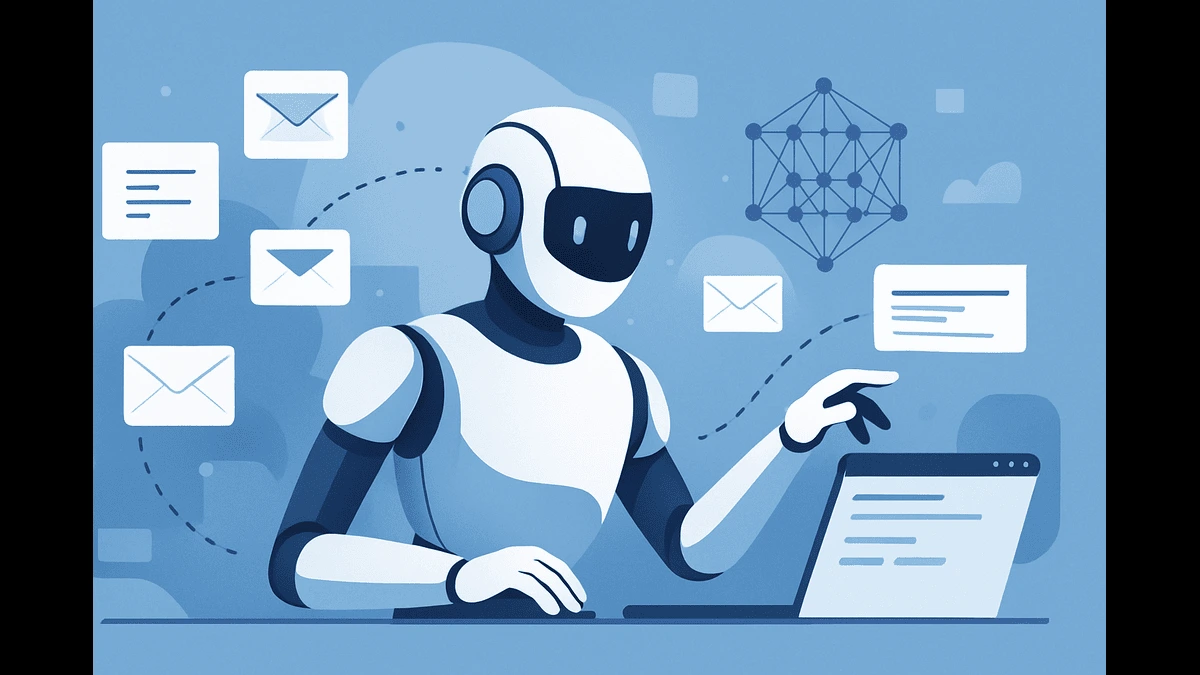
Google DeepMind is building an AI-powered email assistant that reads, prioritizes, and replies to emails in your own writing style. Announced by CEO Demis Hassabis at SXSW London 2025, the tool aims to revolutionize inbox management using advanced NLP and generative AI. This article explores what’s known, what’s possible, and why it could be a major step toward AGI.
The relentless flood of emails—overflowing inboxes, missed messages, and the nagging guilt of delayed replies—is a universal frustration. Demis Hassabis, CEO of Google DeepMind, is tackling this head-on with an AI-powered email system designed to transform how we manage digital communication. Unveiled during a talk at SXSW London on June 2, 2025, this tool promises to not only streamline email workflows but also redefine productivity by acting as an intelligent assistant that reads, sorts, and responds to messages in a user’s unique writing style.
What Makes DeepMind’s AI Email Assistant Different from Traditional Tools?
At its core, DeepMind’s email assistant leverages advanced natural language processing (NLP) and machine learning (ML) to automate email management. The system is designed to perform three primary functions: reading and understanding incoming emails, sorting them based on priority, and generating responses that mimic the user’s tone and style. This is no simple spam filter or rule-based autoresponder. It’s a sophisticated application of AI models, likely built on transformer-based architectures similar to those powering Google’s Gemini chatbot or DeepMind’s AlphaFold 2.
The first component—reading and understanding emails—relies on NLP techniques to extract meaning from text. Modern NLP models, such as large language models (LLMs), use tokenization to break down text into manageable units, followed by contextual analysis through layers of neural networks. These models employ attention mechanisms to weigh the importance of different words and phrases, enabling the AI to grasp the intent, urgency, and context of an email. For example, an email requesting a meeting would be identified as high-priority, while a promotional newsletter might be flagged for archiving.
Sorting emails involves a combination of classification algorithms and user-specific data. The AI likely uses supervised learning, trained on labeled datasets of emails categorized by type (e.g., work, personal, urgent) to assign priorities. Over time, reinforcement learning could refine this process by observing user interactions—such as which emails are opened first or responded to promptly—to personalize sorting criteria. This adaptive approach ensures the system aligns with individual preferences, surfacing only the most relevant messages.
The most ambitious feature is the AI’s ability to draft responses in the user’s writing style. This requires a generative model fine-tuned on a corpus of the user’s past emails to capture their linguistic patterns, tone, and vocabulary. Techniques like transfer learning, where a pre-trained LLM is adapted to a specific user’s data, would enable the AI to produce responses that feel authentic. For instance, if a user tends to write concise, formal emails, the AI would mirror that style, avoiding overly verbose or casual language. To achieve this, the system might employ a variant of the GPT architecture, with additional layers for style transfer, ensuring responses are contextually accurate and personalized.
How Could DeepMind’s AI Email Assistant Be Technically Built?
While DeepMind has not disclosed specific technical details about its email assistant, such systems are typically built using a combination of modern AI and cloud technologies. Based on industry standards, a tool of this nature could be expected to include the following components:
Data Ingestion Layer: Collects incoming emails and contextual user data (e.g., previous email history, calendar events) for analysis.
NLP Processing Pipeline: Utilizes transformer-based models to tokenize and analyze the content of emails, extracting intent, tone, and urgency.
Priority Sorting Module: Applies classification algorithms and potentially reinforcement learning to rank emails based on user preferences and interaction history.
Response Generation Engine: A generative AI model fine-tuned on the user’s past emails to draft replies in their unique tone and style.
Feedback Loop: Captures user actions—such as editing AI-generated drafts or re-sorting messages—to continuously improve the assistant’s performance.
Security and privacy would naturally be central to any such implementation. Technologies like TLS for data in transit, AES-256 for data at rest, and compliance with data protection regulations such as GDPR are considered essential. Some implementations may also explore federated learning to keep data on-device, or differential privacy to ensure individual messages cannot be reverse-engineered during model training.
If integrated into Google’s ecosystem—such as Gmail, Calendar, and Drive—the assistant could leverage contextual signals to boost relevance, for example by identifying upcoming events from the calendar or attaching relevant files from Drive. Such integration would rely on APIs and secure data exchange protocols, with strict access controls to safeguard user privacy.
What Are the Real-World Benefits and Risks of AI-Driven Email Management?
The technical prowess of DeepMind’s email assistant extends beyond convenience. By automating routine communication, it frees up cognitive bandwidth, allowing users to focus on higher-value tasks. The system’s ability to protect attention from competing algorithms (e.g., social media notifications) aligns with broader efforts to combat digital overload. However, challenges remain:
Accuracy and Trust: The AI must correctly interpret nuanced emails and generate responses that align with user intent. Errors, such as misinterpreting sarcasm or drafting inappropriate replies, could erode trust.
Bias Mitigation: Like all AI systems, the email assistant risks inheriting biases from training data. For instance, if trained on corporate emails, it might prioritize formal language over casual tones, alienating users with different communication styles.
Scalability: Processing millions of emails in real-time requires immense computational resources. Google’s infrastructure, with its tensor processing units (TPUs), is well-equipped, but optimizing for low latency and cost-efficiency is a non-trivial task.
Is This Email Assistant a Step Toward Artificial General Intelligence (AGI)?
Hassabis’s email assistant is a stepping stone in DeepMind’s broader mission to advance artificial general intelligence (AGI). While AGI—systems capable of performing any intellectual task humans can—is still five to ten years away, according to Hassabis, practical applications like this email tool demonstrate AI’s immediate value. The same NLP and ML techniques powering the assistant could inform future breakthroughs in domains like healthcare or energy, where DeepMind’s AlphaFold 2 has already solved complex protein folding problems.
For users, the assistant promises a future where email is no longer a burden but a seamlessly managed resource. For developers and researchers, it showcases the power of combining NLP, generative AI, and user-centric design to solve real-world problems. As DeepMind continues to refine this technology, it may well redefine not just how we handle email but how we interact with the digital world at large.
Also Read: Transforming AI Interoperability: MCP and A2A Protocols in 2025
WhatsApp Launches No-Code AI Chatbot Builder in Beta
Discover more from Poniak Times
Subscribe to get the latest posts sent to your email.

